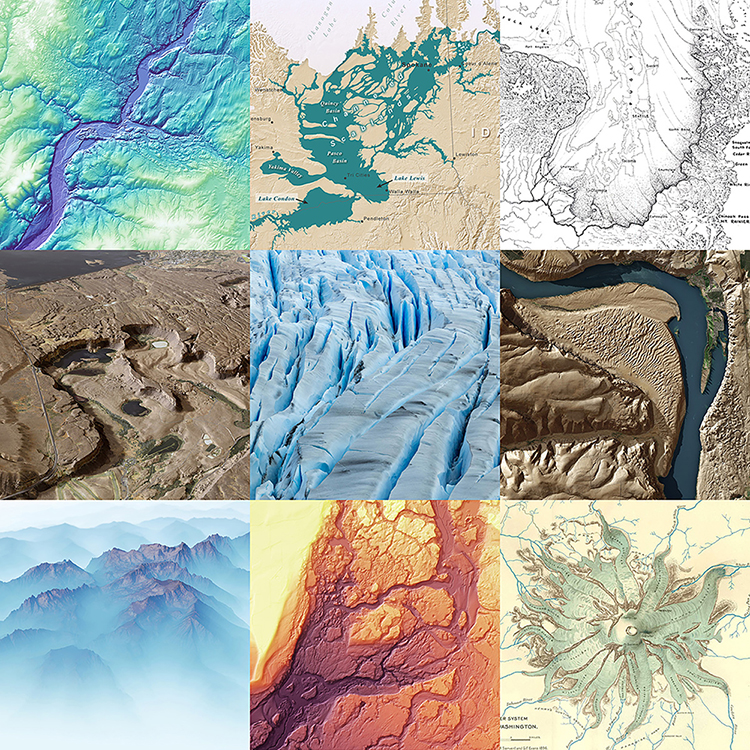Join us for a weekend of lectures and sight seeing in Ritzville, Washington! There is a small block of rooms set aside at an event rate through the Best Western Bronco Inn (509) 659-5000, ask for the Ice Age Floods Tour rate when you reserve your rooms. $170* field trip fee– Registering as a non-Ice Age Floods Institute Member $150* field trip fee– Registering as a Ice Age Floods Institute Member. If joining now or renewing as an IAFI member, also include your IAFI Membership Application with your field trip registration, fees and liability release form. Please write one check to IAFIPF for registration and a separate check to IAFI for membership fee. $145* field trip fee – Registering as a Palouse Falls Chapter Ice Age Floods Institute Member (thank you for your support!) *FIELD TRIP FEE covers: 1) outstanding and knowledgeable field trip leaders, 2) a very detailed and well-illustrated Field Trip Guidebook, 3) delicious lunch, snacks, and drinks, 4) comfortable deluxe chartered bus with microphone system for lectures while in route, and 5) delicious Mexican banquet! -Friday evening: Dinner is on-your-own-adventure. Check-in located in the lobby of the Bronco Inn between 7 and 8 p.m., as well as after the FREE pre-trip lecture at 8:00p by Lloyd Stoess on the topic "Following the Course of the Columbia River" in the Bronco Inn meeting room. -Saturday: Check-in located in the lobby of the Bronco Inn between 7:15 and 7:45 a.m. FIELD TRIP LEADERS: Lloyd Stoess, Palouse Falls Chapter President and Dr. Eugene Kiver, Professor Emeritus Eastern Washington University. DESCRIPTION OF FIELD TRIP: This bus tour will revolve around Saddle Mountain with stops including Lind Coulee, Drumheller Channels, Corfu Landslide Complex, Corfu ghost town, Smyrna Bench, Vantage interbed exposure, Beverly Bar, Sentinel Gap, McCoy Canyon Landslide, Priest Rapids Bar, Saddle Mountain summit, Othello Channels, multiple exposures of the Ringold Formation, Collier Coulee, and the Staircase Rapids. ITEMS TO BRING WITH YOU: Binoculars, camera, sunglasses, and clothing for variable weather conditions. Snacks, drinks, and lunch provided. -Saturday evening: FREE post-trip lecture at by Gene Kiver on the topic "Bonneville Flood and the Snake River" in the Bronco Inn meeting room. Cancellation refunds will be made only if field trip registrar, Jacqui Hair, receives notice no later than September 22 and vacancies can be filled from a stand-by list. Registration and liability form are both available for download at this link.








